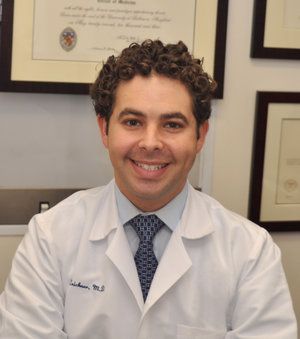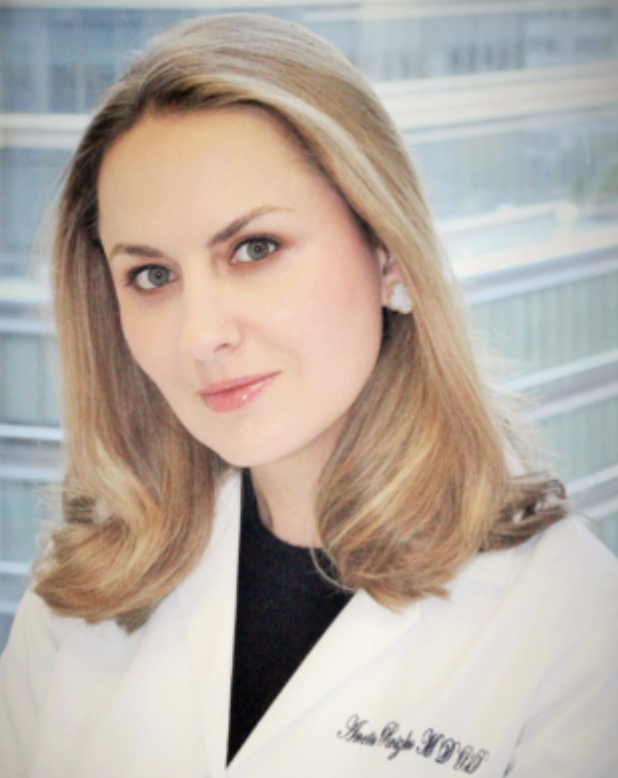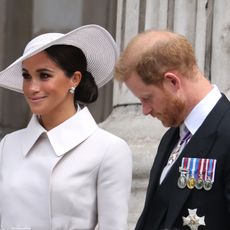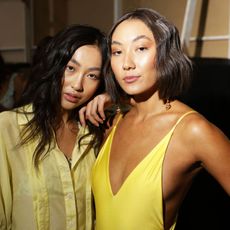

Celebrity news, beauty, fashion advice, and fascinating features, delivered straight to your inbox!
Thank you for signing up to . You will receive a verification email shortly.
There was a problem. Please refresh the page and try again.
When people talk about "the future of skincare," they probably couldn't have predicted something quite so futuristic. If you have your thumb on the pulse when it comes to skincare innovations, you've probably heard a little something about LED face masks, aka light therapy masks. These anti-inflammatory, acne-fighting LED treatments were once only available under the practiced hand of an aesthetician. But we're in the year of our lord 2022, and just like your favorite everyday face mask, LED light therapy masks are now a luxury available for you to use at your leisure.
What are the benefits of LED light therapy?
LED light therapy is a NASA technology adopted by the skincare community, thanks to its ability to heal wounds and tame inflammation. At-home LED therapy devices are less powerful than the treatments you'd get at a dermatologist's office, which means you can use them safely, but it'll take longer to see visible results.
An additional benefit: At-home devices like LED face masks "can offer complementary benefits to your topicals and help them do a better job," says board-certified dermatologist Dr. Joshua Zeichner, M.D.
Is LED light therapy safe?
After years of avoiding the sun's UV rays in the service of healthy skin, it can feel counter-intuitive to treat your face with light. But facialists, dermatologists, beauty editors, and the American Academy of Dermatology all agree: LED light treatments are safe and effective treatments for your complexion, since they don't use UV rays. In fact, LED light therapy masks are beloved by celebrities with some of the best skin around, including Chrissy Teigen, Jessica Alba, and Kate Hudson.
A couple of caveats, however: You should be careful about using LED face masks alongside skincare that makes your face sensitive to light, like retinol or Accutane. Side effects of LED face masks are rare, but they have been reported in clinical trials.
What do different LED light colors do to your skin?
Most LED face masks use either red or blue light therapy to treat a plethora of skin woes, but these lights shouldn’t be used interchangeably.
The Benefits of Red Light Therapy
“Red light therapy has a longer wavelength that penetrates deeper into the skin and helps reduce inflammation and redness,” says Dr. Anetta Rezsko, a New York City-based dermatologist. “It has also been shown to increase collagen and elastin synthesis and therefore reduce the appearance of fine lines and wrinkles.”
The Benefits of Blue Light Therapy
Unlike red light therapy, blue light therapy “has shorter wavelengths and works best for acne-prone skin,” says Dr. Reszko. It does this courtesy of a two-step process within the layers of your skin. First, she says, blue light “decreases the androgenic hormones in the sebaceous glands.”
These androgens actually stimulate your sebaceous glands so that they produce more oil and sebum, which cause acne on the skin. Dr. Reszko adds that “the absorption of blue light leads to bacterial destruction” within the skin, which can help eliminate your acne.
How should you use LED light therapy masks at home?
You can use LED light therapy masks either in the morning at night, depending on the results you’re looking for. Dr. Reszko says that using a LED face mask in the morning will improve your skin’s appearance by “increasing the glow and overall appearance of the skin.”
However, using a LED device at night will “calm down skin inflammation resulting from daily exposure to skin irritants like pollution, especially in people with sensitive and rosacea-prone skin," she says.
How long does it take to see results from LED light therapy?
Like most skincare solutions, it will take some time before you see the substantial long-term effects of using an LED light therapy mask at home. Dr. Reszko asserts that “most clinical improvement of the skin is noticeable after four weeks of treatment with three sessions per week.”
Best At-Home LED Face Masks
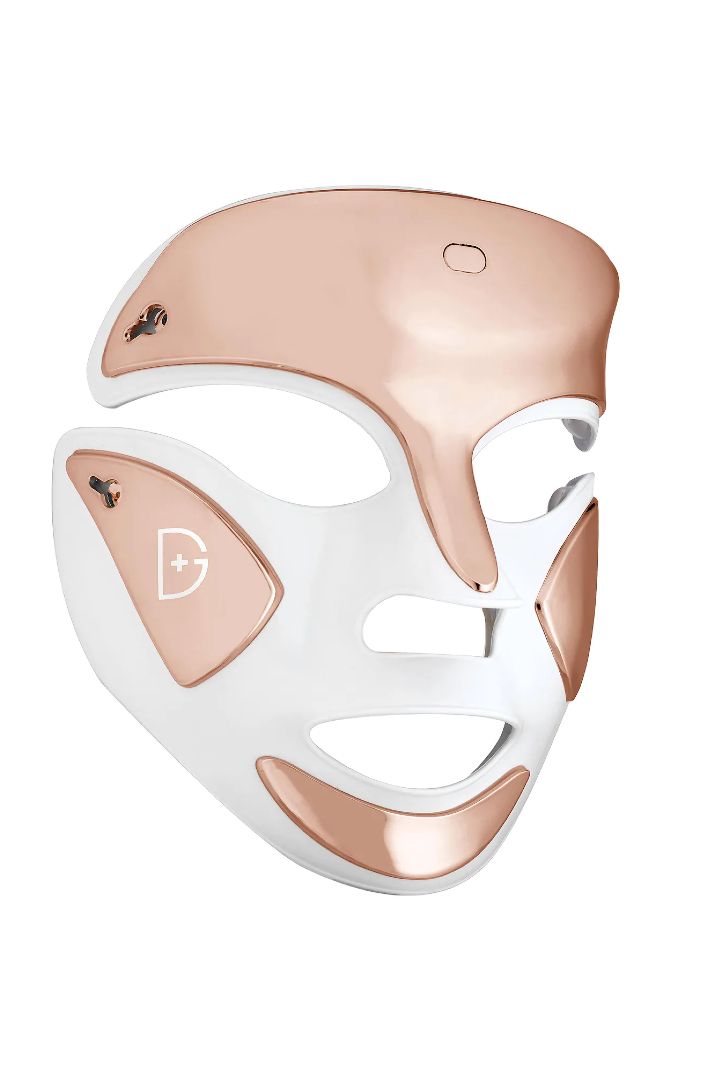
This FDA-approved, easy-to-use Dr. Dennis Gross creation is the gold standard for LED light therapy masks. It mimics the kind of light therapy treatments you can get in your aesthetician's office and features red and blue light, so you can target your area of concern or use both simultaneously. Red light diminishes signs of aging, while blue light kills off acne-causing bacteria.
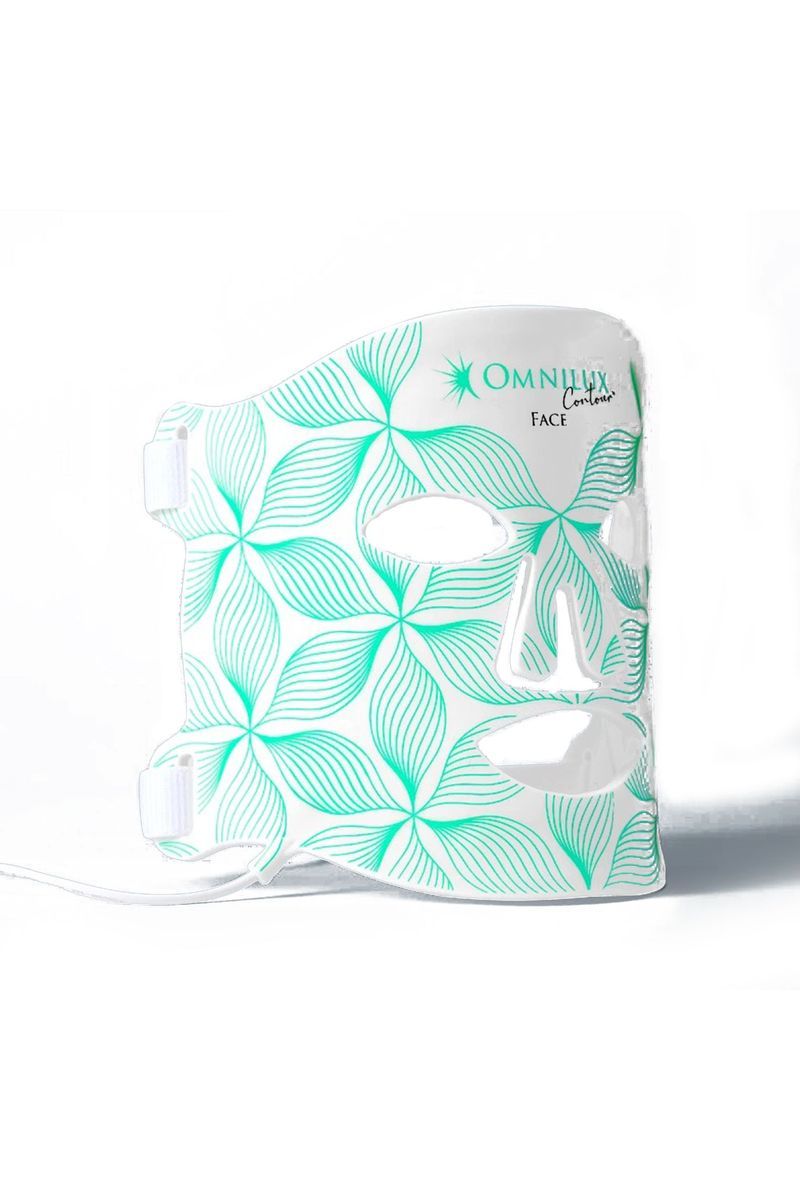
This mask from Omnilux—which Dr. Reszko refers to as "one of the pioneers of light-based devices"—is designed to fit your face better than other options on the market. It straps on across the back of your head for a snug fit that will feel comfortable while you wear it for each of the 15-minute treatments. She also notes that Omnilux designs "office and professional-grade light sources," so every at-home spa night will feel expert-approved.
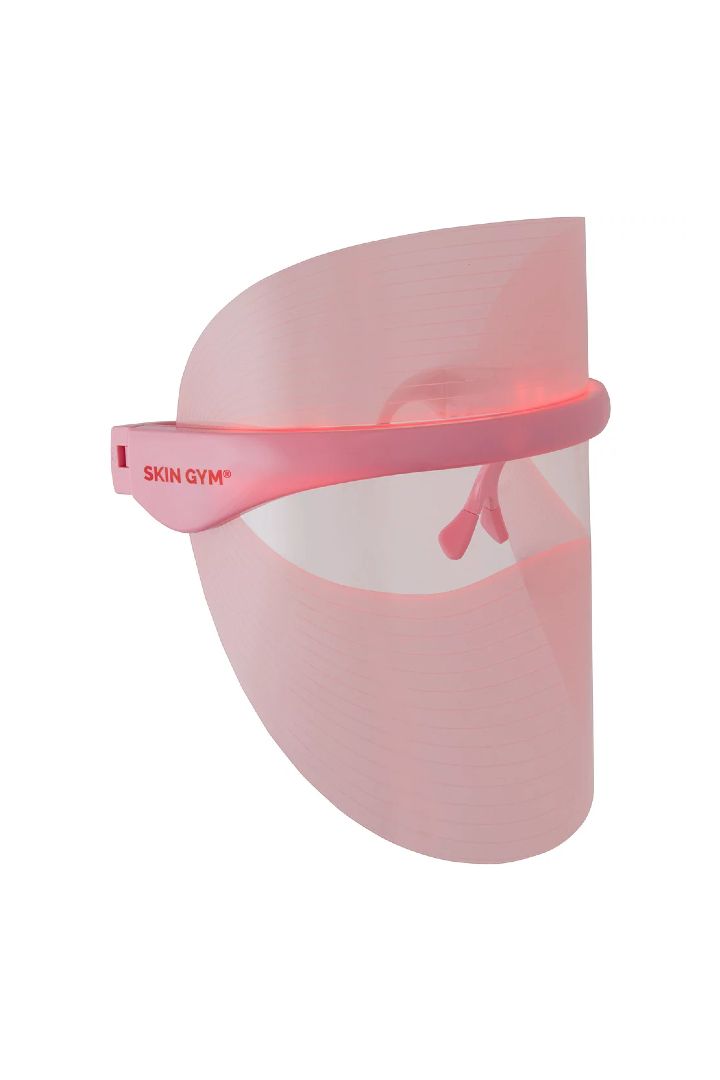
Some days, you might notice your skin looks duller than usual. Other days, you wake up with a smattering of zits that have you running for your medicine cabinet. Skin changes, but this mask will adapt to it. Its blue, red, and orange lights work to treat different conditions, and you can switch them depending on the state of your skin that day. Its blue, red, and orange lights all work to treat different conditions, and you can switch them depending on the state of your complexion. It's also more affordable than many of the options on this list.
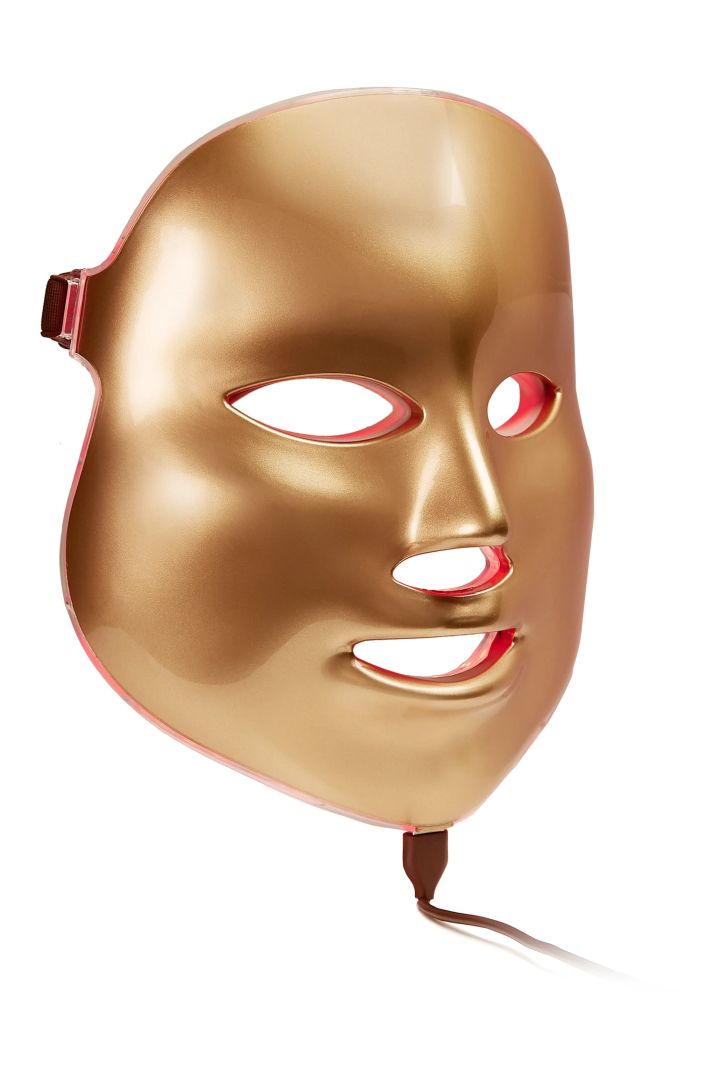
While this mask might give you Game of Thrones flashbacks (does anyone remember those scary people with gold masks?), this LED mask uses a variety of lights to treat your skin. Like most LED masks, it emits classic red and blue lights, but it also features yellow and white light (yellow treats redness and increases circulation, while white repairs wounds to the skin).
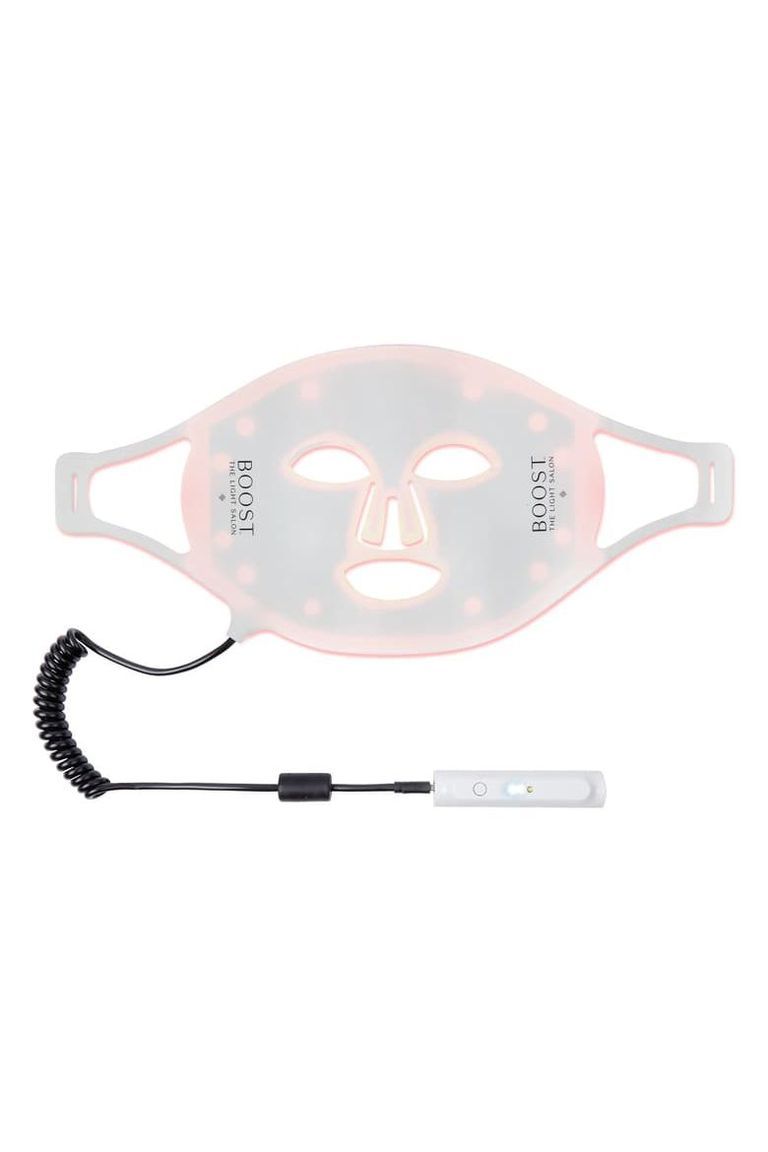
Unlike many LED masks, this mask is made of a flexible material, so it's easy to store and fits nicely around the skin. Additionally, it features red and infrared light, working together to powerfully improve blood circulation while treating damaged skin and signs of aging.

In addition to its popular infrared sauna blanket (opens in new tab), HigherDose has a LED face mask in its buzzy lineup. It's crafted from medical-grade silicone with red and near-infrared light-emitting bulbs on the interior to mimic low-level rejuvenating wavelengths found in natural sunlight. The result? A relaxing and warming boost to your skin (and mood!), enhancing your natural glow.
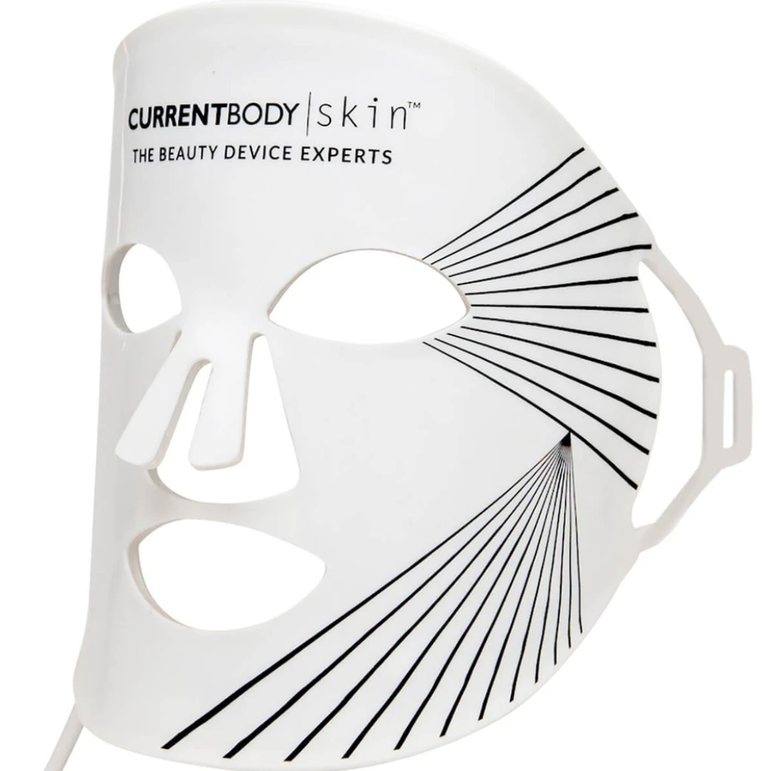
This mask's patented silicone makes it a standout amongst the pack. Its flexibility means the mask's red and infrared lights can hit and treat every contour of the face, making it more effective for improving skin tone, texture, and the appearance of fine lines. And hey, the comfier it is, the more we'll use it.
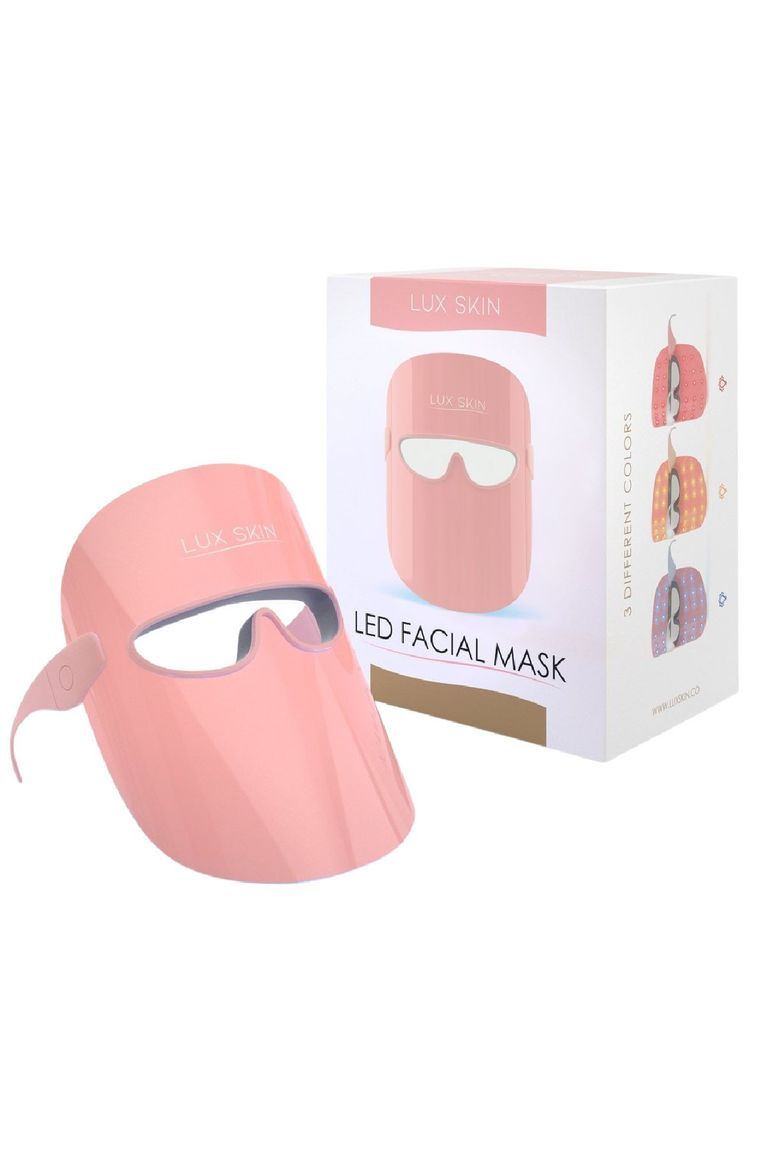
This budget LED mask option doesn't have the bells and whistles of the other masks on this list, but it gets the job done. It can shift between blue, red, and yellow light, thought to increase the production of new skin cells. Plus, because it's wireless, you can put in laundry, make a snack, or get in a few restorative Shavasanas while you treat.

This silicone mask from Priori lays flat, making it ideal for travel. It's also pre-programmed to only run for ten minutes at a time, so you don't have to worry about exposing your skin to the LED light for too long.
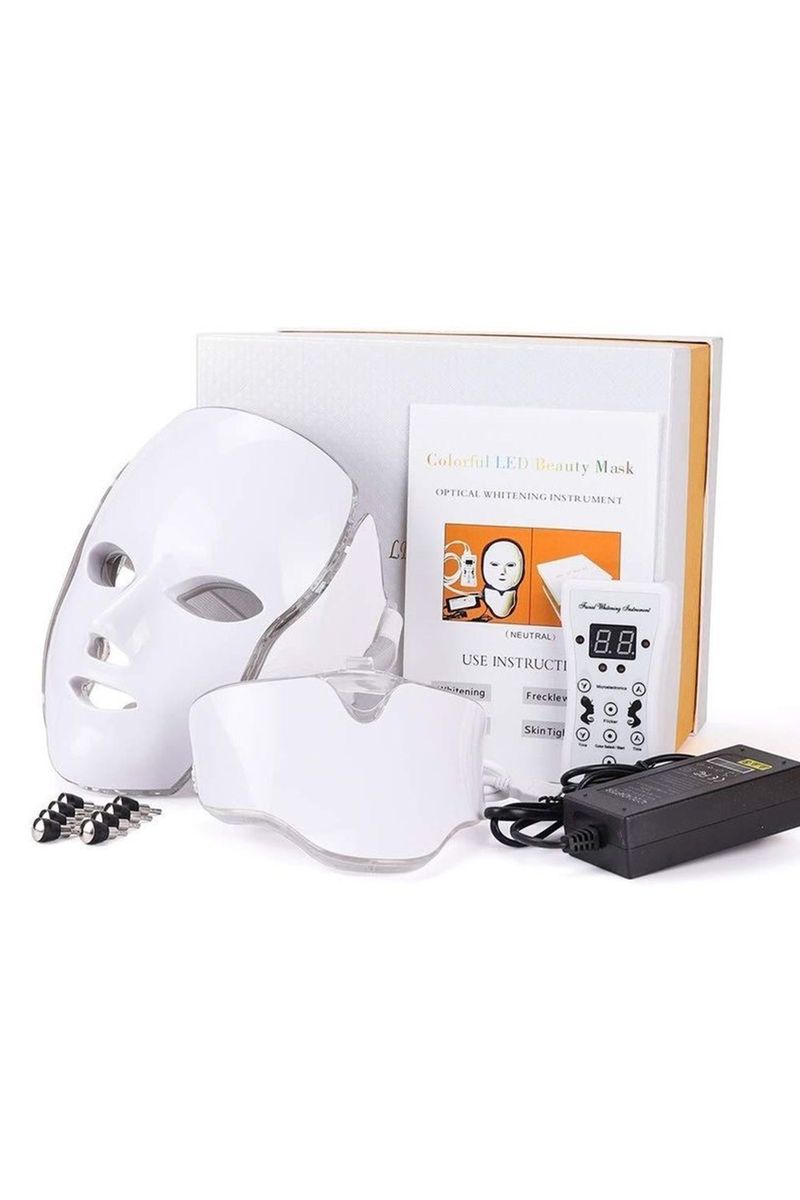
If you're still dipping a toe into the LED mask world, this is the mask for you. It comes with several heat settings, so you can decide which level of intensity you want to feel on your skin. The seven different light options help soothe the skin, accelerate cell growth and increase blood circulation for skin that looks younger in only 15 minutes.
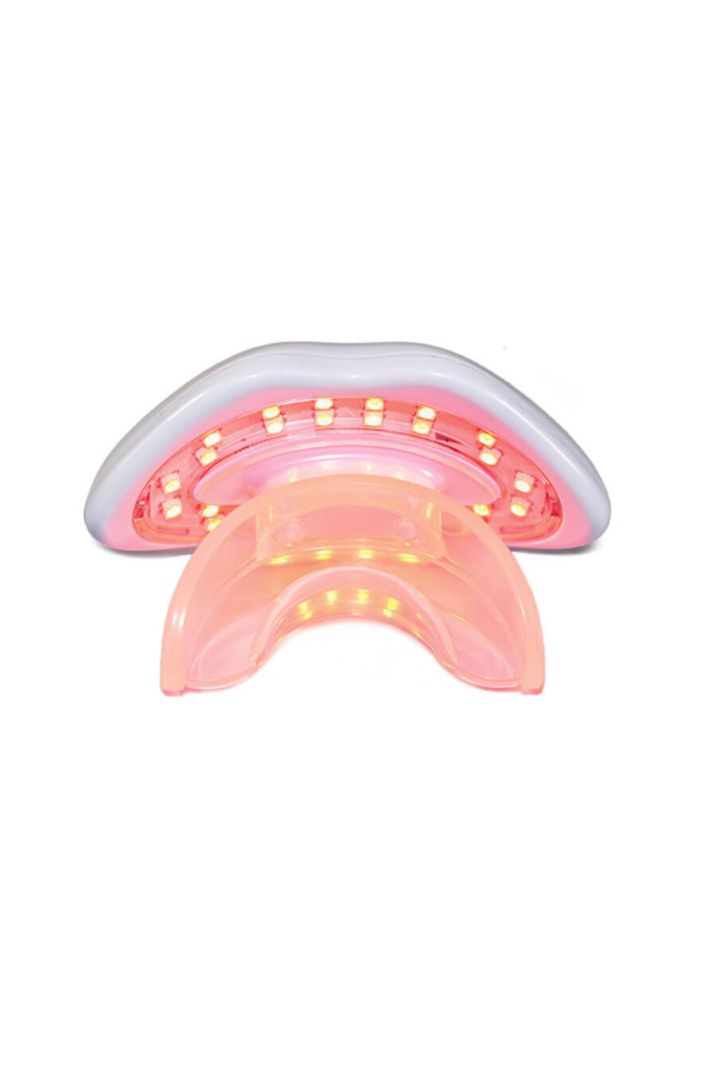
Fun fact: You can use LED to target your lips. Revive's red light-emitting LED mask works to smooth fine lines and stimulate and build collagen to plump lips for a more youthful pout. *chefs kiss*
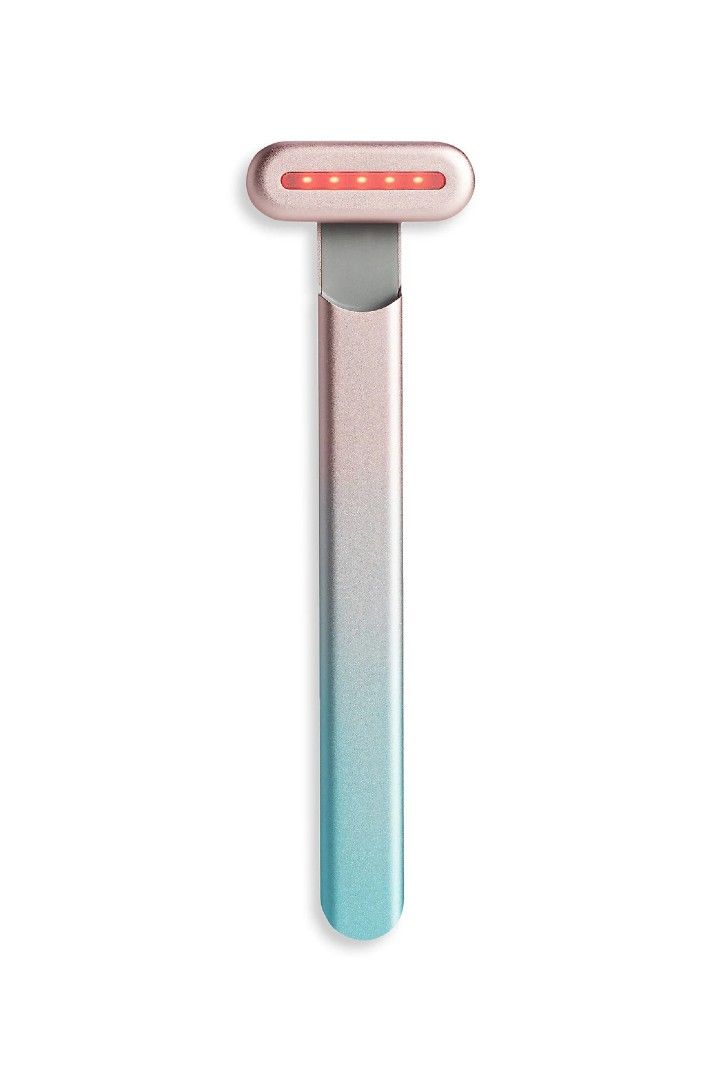
Ease into LED therapy with a handheld device, like SolaWave's multifunctional facial tool. With microcurrent, facial massage, and therapeutic warming functions, this easy-to-use design helps smooth the appearance of blemishes and fine lines, minimizes breakouts, decreases puffiness and the appearance of dark circles, and stimulates facial muscles for tighter-looking skin. Bonus: It's portable and super easy to use around the house, on the go, or during travel.

Target acne sans a full-on mask with LightStim's handheld LED device. Using blue and red light, the former targets bacteria to heal existing blemishes and prevent future breakouts, while the latter increases blood circulation for a glowy and clear complexion.

This mini high-tech tool allows you to get a spa-like facial at home in only 90 seconds. All you need to do is apply a face mask or serum and use FOREO's app to customize your facial with a few taps. It uses red, blue, and green light to infuse your products into your skin for a more effective treatment.
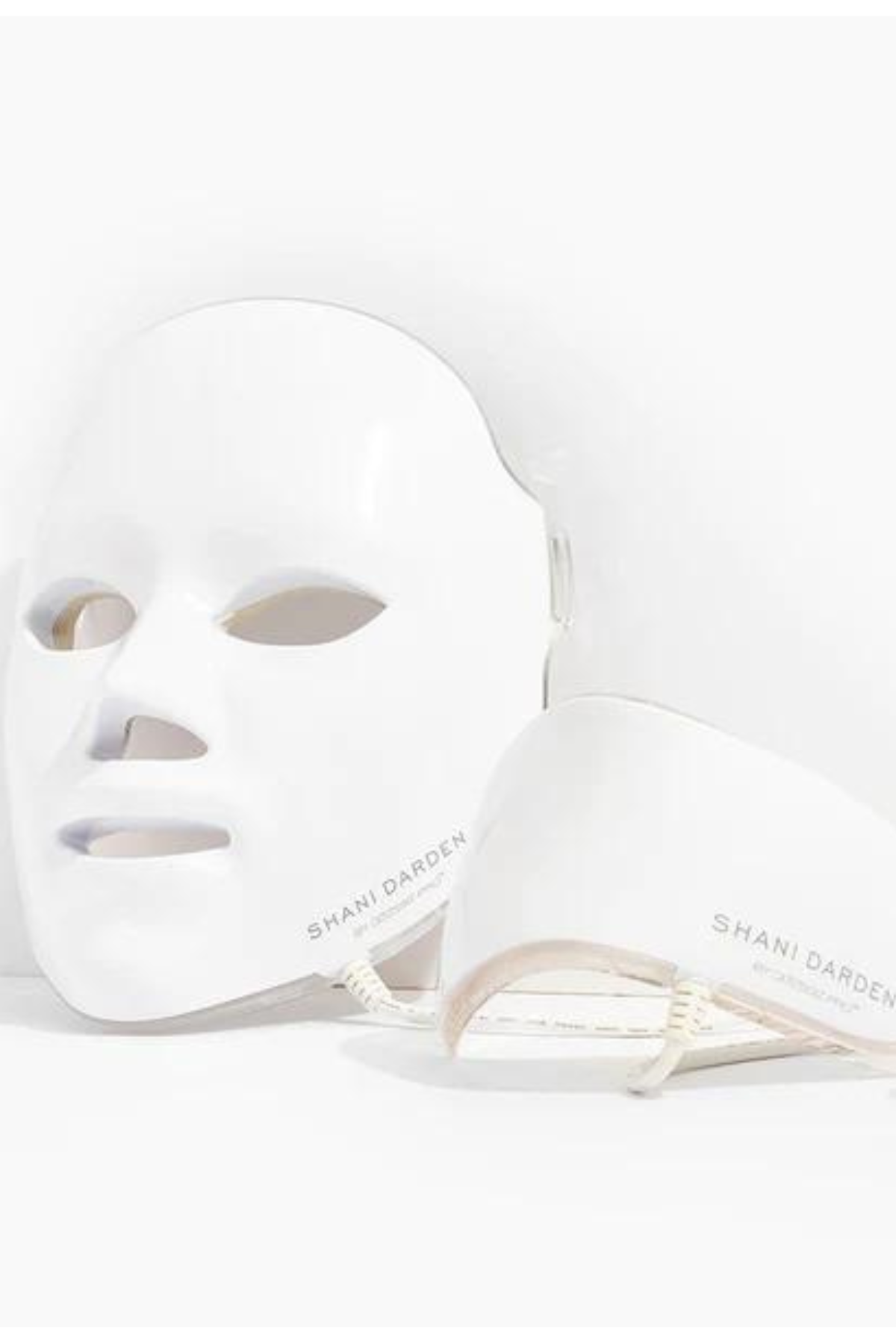
If you want to recreate in-office results at home, and on a regular basis, there’s no better option than this luxe mask by Shani Darden. The blue and red lights target three concerns: ageing, pigmentation, and acne. To see the best results, you’re going to want to sit with this mask four to five times per week. Our favorite part about this product though is that it doesn’t just target the face—it has a separate attachment to address your neck.
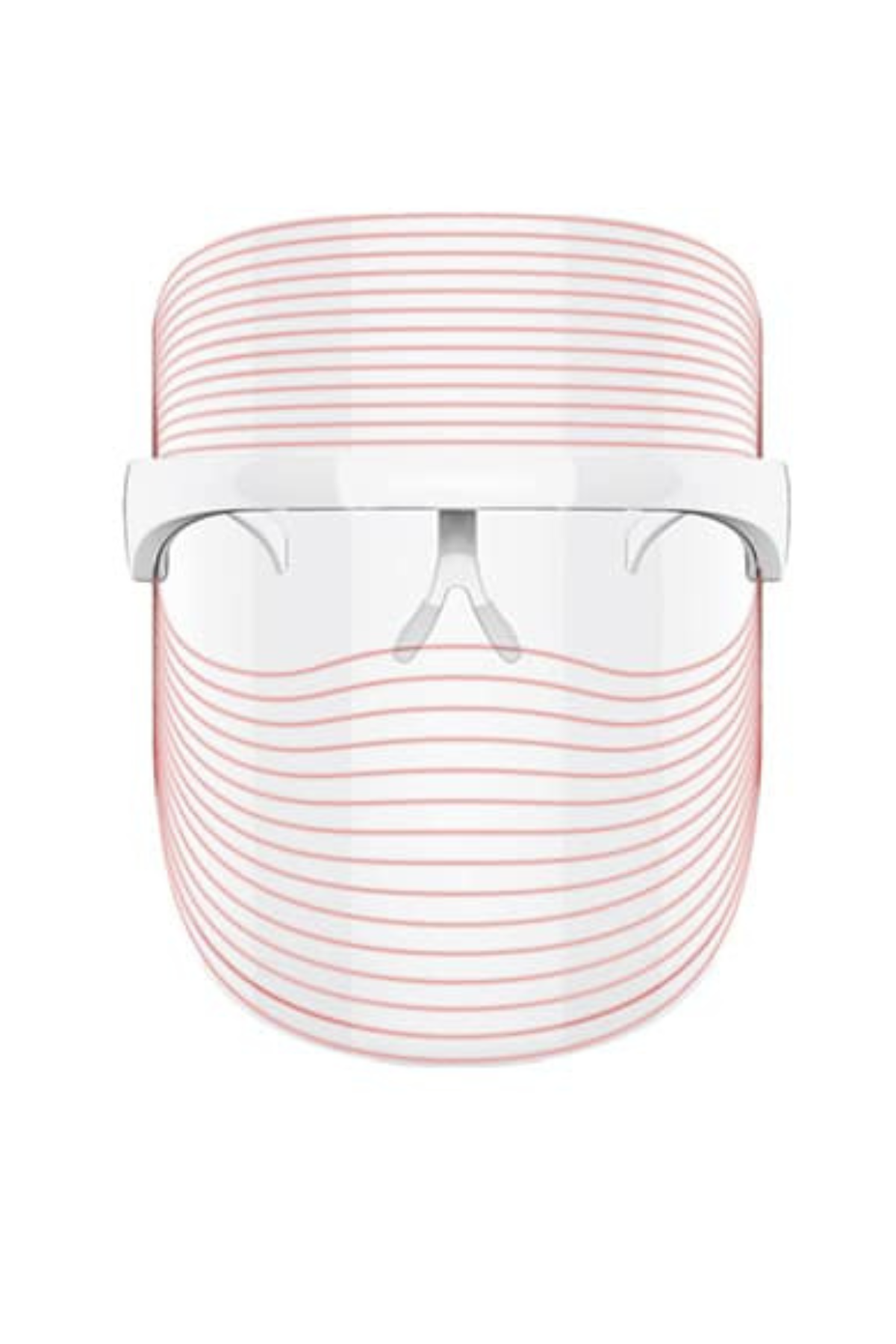
While virtually every light mask on this list contains red and blue light therapy, this specific item also features amber light therapy, which has been shown to help reduce the look of sun spots and melasma. An added bonus? This mask is wireless and extremely comfortable (it’s just like wearing sunglasses), so you can go about your household activities with ease.
Meet the dermatologists
As the Director of Cosmetic and Clinical Research at Mount Sinai Hospital's Department of Dermatology, Dr. Zeichner has a broad interest in medical and cosmetic dermatology as well as clinical research. His specialty is the treatment of acne, as well as the cosmetic rejuvenation of the aging face. Dr. Zeichner treats general skin conditions, including eczema, rosacea, psoriasis, and skin cancer. In addition, he is well-versed in the use of Botox and dermal fillers, as well as lasers and chemical peels.
Dr. Resko is a board certified dermatologist and a fellow of The American Academy of Dermatology, The American College of Mohs Surgery and The American Society for Dermatologic Surgery. Her practice in Manhattan is focused on early skin cancer detection and treatment and laser surgery. As a respected leader in the science of the skin, Dr. Reszko has published multiple scientific research articles and reviews and has contributed to leading publications in the fields of dermatology and dermatologic surgery. Her mission from day one has been to enhance the overall skin health in every patient through a whole-body dermatological approach to the skin with a focus on skin cancer awareness, treatment, and education.
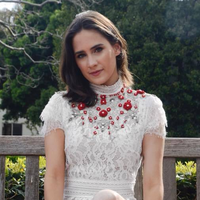
Julia Marzovilla is an E-Commerce Writer at Marie Claire covering all things fashion, beauty, and entertainment. Offline, she’s most likely browsing the web for another pair of black boots or listening to music too loudly—often at the same time.
- Samantha Holender Beauty Editor
-
 How This Royal Lived Incognito for 13 Years
How This Royal Lived Incognito for 13 YearsThis is kinda crazy.
By Iris Goldsztajn
-
 Prince Harry May Well Come Back to the U.K. "In a New Role" When Charles Is King, His Former Protection Officer Says
Prince Harry May Well Come Back to the U.K. "In a New Role" When Charles Is King, His Former Protection Officer SaysCould you see this happening?
By Iris Goldsztajn
-
 Princess Anne Has a Pretty Unusual Food Preference, According to a Former Royal Footman
Princess Anne Has a Pretty Unusual Food Preference, According to a Former Royal FootmanSome might even call it...bananas.
By Iris Goldsztajn
-
 The 10 Best At-Home Gel Nail Kits of 2022
The 10 Best At-Home Gel Nail Kits of 2022Plus, expert tips for getting a salon-worthy set.
By Samantha Holender
-
 How to Minimize Your Pores, According to Dermatologists
How to Minimize Your Pores, According to DermatologistsSay goodbye to the gunk.
By Samantha Holender
-
 The 17 Best Sea Salt Sprays for Beach Waves
The 17 Best Sea Salt Sprays for Beach WavesPerfect vacation hair with these fake-it-'til-you-make-it products.
By Gabrielle Ulubay
-
 The 13 Best Acne Patches to Banish Pimples Fast
The 13 Best Acne Patches to Banish Pimples FastPop ‘em on any time of day.
By Samantha Holender
-
 Broken Capillaries on Your Face: The Expert Guide
Broken Capillaries on Your Face: The Expert GuideWhat to do about those pesky broken blood vessels on your face.
By Samantha Holender
-
 The 8 Best Bikini Trimmers in 2022
The 8 Best Bikini Trimmers in 2022Smooth sailing into swimsuit season.
By Julia Marzovilla
-
 How to Tint Your Eyebrows At Home
How to Tint Your Eyebrows At HomePractice makes perfect, people.
By Samantha Holender
-
 The 12 Best Razors for Women in 2022
The 12 Best Razors for Women in 2022No more razor bumps, that's for sure.
By Julia Marzovilla
